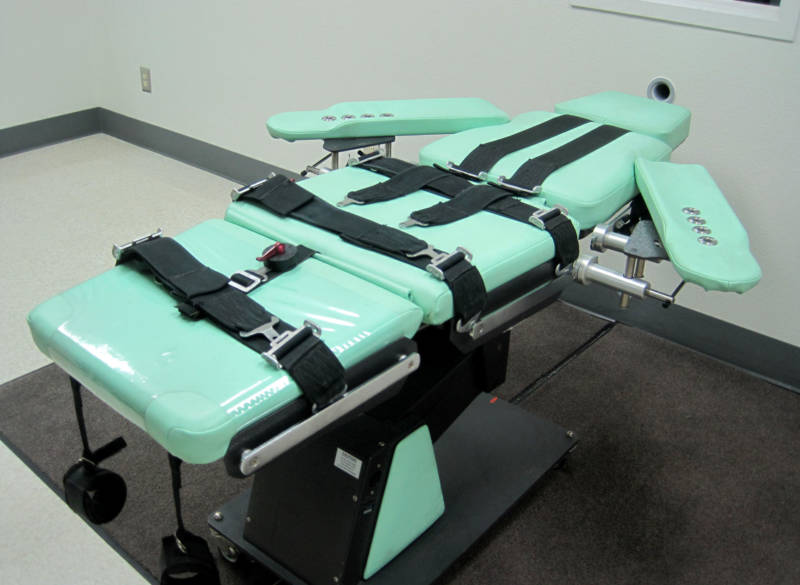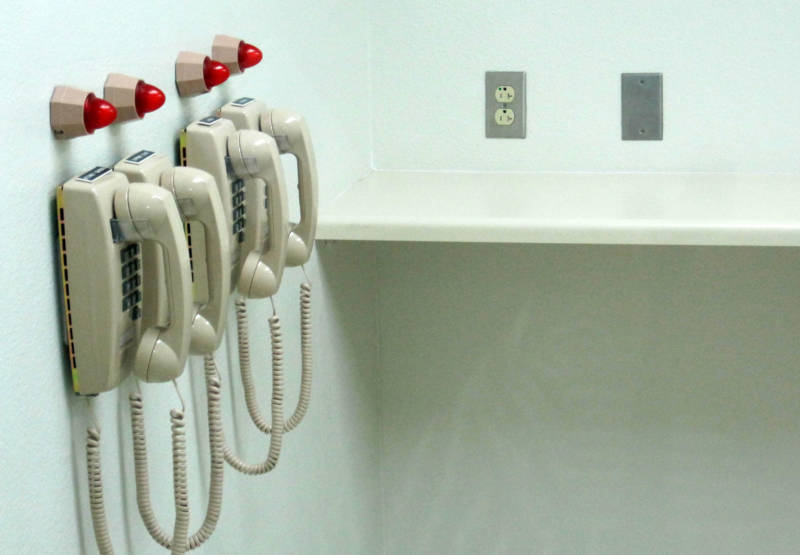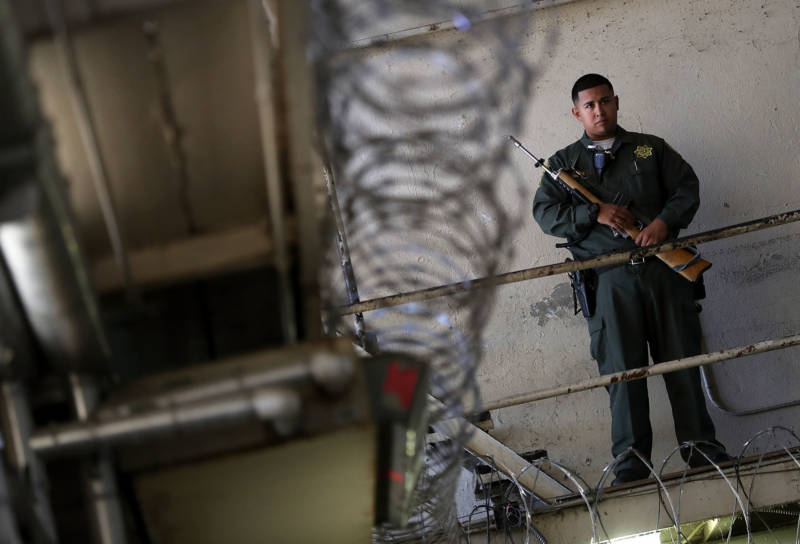Gov. Gavin Newsom will sign a sweeping order on Wednesday putting an executive moratorium on California's troubled death penalty, thus ordering a reprieve for the 737 people on death row.
Gov. Newsom to Suspend Death Penalty by Executive Order; Political Fallout Likely

The action suspends any further executions in California as long as Newsom is governor, his office said. But only the voters can repeal the death penalty, something they rejected narrowly three years ago.
The governor's office said Newsom's order will also immediately close the state's execution chamber at San Quentin Prison, but does not otherwise change any existing convictions or sentences — and will not lead to any death row inmates being released.
"Our death penalty system has been — by any measure — a failure," Newsom said in a written statement. "It has provided no public safety benefit or value as a deterrent. It has wasted billions of taxpayer dollars. But most of all, the death penalty is absolute, irreversible and irreparable in the event of a human error."
The executive order will also argue that capital punishment is inherently unfair — applied more often to people of color and those with a mental disability, according to an administration source.
An $853,000 upgrade of the execution chamber at San Quentin was completed in 2010, but it has never been used. The last execution in California occurred Jan. 17, 2006, when Clarence Ray Allen, 76, was put to death. No executions have been carried out since.
A court-ordered moratorium on executions has been in place since February 2006, when a federal judge declared that California's lethal injection protocol was unconstitutional. A new execution protocol is under review, but Newsom's order will withdraw it.
Public opinion in California on capital punishment has shifted dramatically in the past few decades, with increasing numbers of people preferring the option of life without the possibility of parole to the death penalty in most cases.
However, in 2012 and 2016, California voters rejected ballot measures to abolish the death penalty. As they narrowly rejected Proposition 62 three years ago, voters narrowly passed a competing measure, Proposition 66, to expedite executions by shortening the appeals process. The California Supreme Court rejected part of that measure, while keeping most of it intact.

Newsom's action on the death penalty will no doubt place him in the national spotlight. What might have seemed avant-garde decades ago isn't anymore: The governors of Colorado, Oregon and Washington state have issued moratoriums on executions in recent years.
Eighteen other states and the District of Columbia have abolished the death penalty.
Nonetheless, Newsom's action is the latest indication of how California politics have changed around capital punishment.
In 1986, voters essentially recalled California Chief Justice Rose Bird and two associate Supreme Court justices appointed by former Gov. Jerry Brown over their opposition to the death penalty.
They were replaced by Brown's successor, Republican tough-on-crime Gov. George Deukmejian, a former attorney general who oversaw a vast expansion of California's prison system before he left the governor's office in 1991.
In 1990, Dianne Feinstein ran for governor as a pro-death penalty Democrat, views that were booed at the state Democratic Convention that year. She won her party's nomination nonetheless, losing to Republican Pete Wilson in the general election later that year.
In 1998, Democratic gubernatorial candidate Gray Davis also ran as a supporter of capital punishment, easily crushing Republican Attorney General Dan Lungren in the general election.
But as the state's demographics have changed, so too have California's politics. In 2006, Jerry Brown was elected attorney general promising to uphold the state's death penalty, even though he personally opposed it. Four years later San Francisco District Attorney Kamala Harris, an ardent opponent of capital punishment, was narrowly elected attorney general.
Today, it's hard to find a mainstream Democrat in California who supports the death penalty. As for Newsom, highlighting the issue could elevate his national profile, but could also ignite a firestorm of protest by crime victim advocates, President Trump and others. That seems to be a risk he's willing, if not happy, to take.

